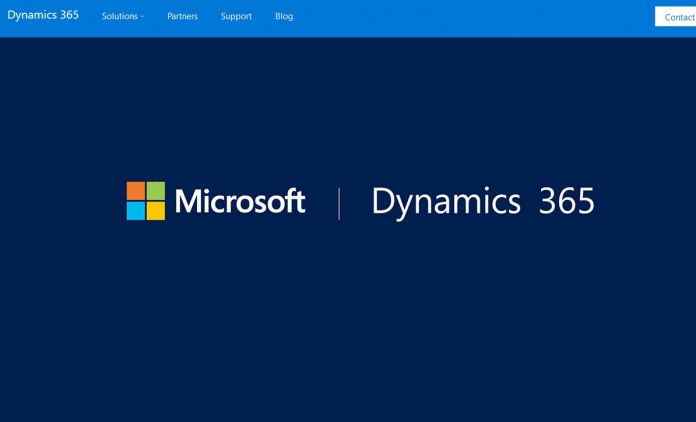Microsoft is changing its update cycle for Dynamics 365. The company is mirroring a schedule that it uses on other services, most notably Windows 10. That means the enterprise resource planning and customer relationship management suite is moving to a twice-annual update cycle.
In an announcement today, Microsoft says it is moving to this model for several reasons, including lowering consumer cost, providing easier access to newer features, and improving performance. The company adds its support capabilities will also be enhanced.
Just like Windows 10, Dynamics 365 will now be upgraded each April and October. Also like on the desktop platform, updates will be backward compatible to allow users to carry existing apps and workloads from previous releases.
Using Windows 10 as a template, it is easy to see how Microsoft's new plan will be implemented. The company will release the April and October updates as feature releases. Each month, a cumulative rollup of security and performance tweaks will be released.
In a blog post today, Mo Osborne, Corporate Vice President and Chief Operating Officer, Business Applications Engineering, says the change will help customers:
“We are confident that the new service update process will benefit everyone in your organization, with improved performance and stability across Dynamics 365 applications, providing users access to new features faster, and offering administrators smoother and more predictable upgrades.
The new process will also allow better interaction to share ideas and collaborate with the greater community since everyone will be on the same version.”
Details
There will be instances when the updates come with disruptive changes. Microsoft says those situations will result in turning changes off by default. This means users can enable the features if needed. Without having to worry about updating and receiving features that harm apps.
It is worth noting that organizations running older Dynamics 365 versions will have to upgrade to the latest build. Microsoft says this is because all customers will now be falling under one delivery schedule.






